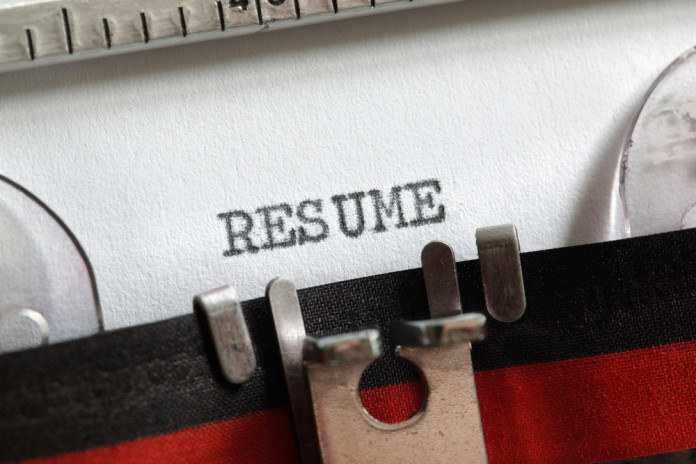Your resume is the first piece of information a potential employer receives about you. That’s why it’s crucial for it to be representative of who you are professionally – your experiences, accomplishments and skills. Your resume is a tool that you’ll use to market yourself and so it needs to be clear, polished and effective. We’ve laid out some simple tips that will help you put together your resume, or to improve it if you’ve already written one.
- Formatting: Use a legible font like Helvetica, Arial, or Times New Roman. Stick with a simple style rather than fancy, overly creative formatting. Not all computers are compatible, and you wouldn’t want a potential employer to throw out your beautiful, stylized resume (after all that work!) because they aren’t able to read it.
- Start with the basics. The header should have your name and contact information. Include just one phone number (preferably a cell phone) and one email address as well as your home address.
- Objective or summary statement: An objective states your goals for your desired place of employment and a summary statement gives a quick rundown of your skills and experiences that will be valuable for potential employers. These statements should be very brief – one or two sentences maximum. You won’t need to write both, so choose either an objective or summary statement based on the job you’re applying for.
- Experience: Next, list your educational and professional history. When you’re listing a job, make sure to put the title of your position, the dates of employment and your responsibilities and main achievements in the role. Put your most recent job first and continue in reverse chronological order.
- Skills: In this section, share the skills that make you a great candidate for the position you’re applying for. This might include proficiency in computer programs, languages or any kind of technical skills.
- Make your resume easy to read. Use bullet points to list accomplishments and experiences, and start each one with a strong verb describing what you’ve done. If you don’t know which word works best, this list of 429 action verbs might help!
- Keep it brief. Make sure every word counts. You might be one of many candidates applying for this position, so you don’t want to give your readers any excuses to lose interest in what you’re saying! Trim the fat and make sure your resume is concise and user-friendly. Use bullet points. You don’t have to include everything you’ve ever done. And that’s because:
- Your resume isn’t one size fits all. Instead, it should be specific to the position you’re applying for. So if you want to work as a journalist, you probably won’t need to write about your experience in sales. This means that you won’t be sending the same document for every position you apply for, but instead you’ll have to tweak your resume so that it includes relevant information and leaves irrelevant information out.
- Don’t forget to edit! Grammar or spelling mistakes can be judged harshly, so make sure to ask someone to proofread your resume for any errors.
- Avoid common mistakes. Focus on accomplishments, not duties in prior roles and positions. Make sure to be specific. Don’t write a novel (2 pages maximum) but don’t feel obligated to limit yourself to a 1-page resume either.
Now get out there and write! And if you’re looking for internship opportunities in Argentina or in Latin America, check out the Mente Internship Program.



